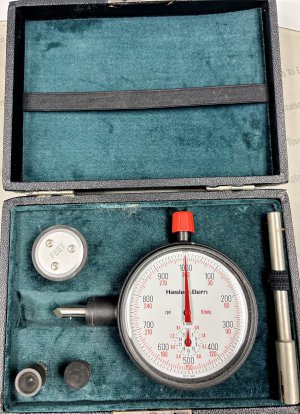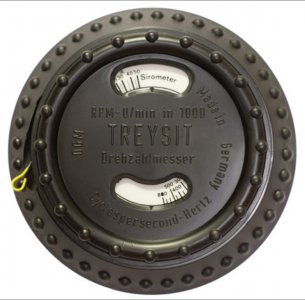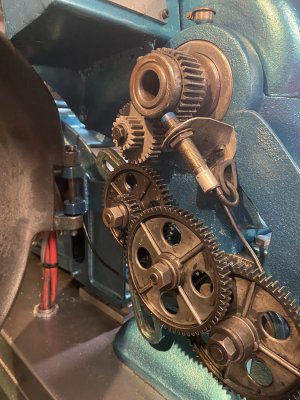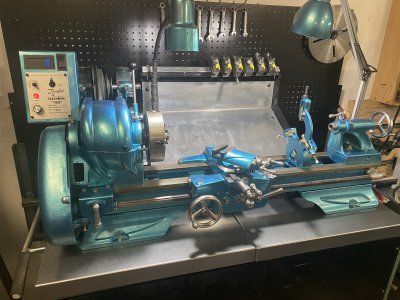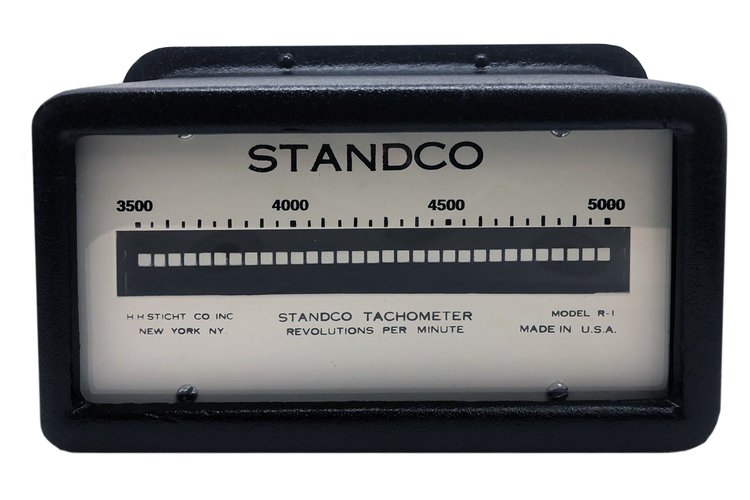- Joined
- Dec 3, 2017
- Messages
- 1,909
Way to go! See, it seems these guys forgot the Cardinal rule of HSM. Which I always thought was “celebrate every posted purchase with hardy approbation and lavish praise.”
I for one, am stoked that you have bought something you wanted, and excited to find out what you learn with it.
Now if’n I wanted to have a permanent mechanical rpm readout, I might scavenge something from the pick a part car yard. But it’s been very seldom I thought knowing the precise rpm would help me. There’s a lot I don’t know though. Maybe your experiment will make me a convert.
I for one, am stoked that you have bought something you wanted, and excited to find out what you learn with it.
Now if’n I wanted to have a permanent mechanical rpm readout, I might scavenge something from the pick a part car yard. But it’s been very seldom I thought knowing the precise rpm would help me. There’s a lot I don’t know though. Maybe your experiment will make me a convert.


